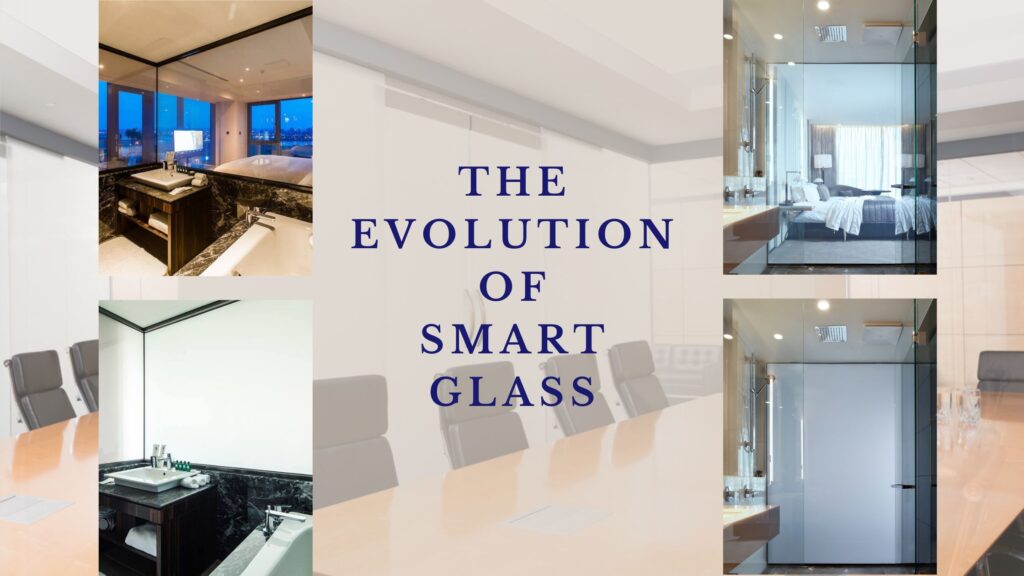Smart glass, also known as switchable glass or electrochromic glass, is a revolutionary technology that can change its light transmission properties at the flick of a switch or through automated control. This allows the glass to transition from transparent to translucent or even opaque, providing privacy and control over the amount of light entering a space. The concept of smart glass has been around for several decades, with early developments and prototypes paving the way for the innovative solutions we have today.
Advancements in technology have transformed smart glass from a niche concept to a practical and versatile material used in various industries. Improved functionality and features, coupled with integration with the Internet of Things (IoT) devices, have expanded the potential applications of smart glass, enhancing the users experience and introducing new possibilities for design and functionality.
Applications of Smart Glass
Smart glass has found its way into a wide range of industries, each benefiting from its unique characteristics and functionalities. In the architectural and design fields, smart glass offers the ability to create dynamic and adaptable spaces. From privacy control in office buildings to creating unique interior design elements, smart glass provides architects and designers with a versatile tool to transform spaces and create immersive experiences.
Similarly, the industrial and commercial sectors have embraced smart glass for its energy-saving properties. By controlling the amount of sunlight entering a building, smart glass can reduce the need for artificial lighting and air conditioning, leading to significant cost savings. Additionally, smart glass can be used in automobiles, providing privacy and glare reduction for passengers.
In the medical and healthcare sector, smart glass has found applications in privacy partitions and windows for patient rooms. This allows healthcare professionals to maintain patient privacy while still being able to observe and monitor patients when needed. Smart glass can also be used in operating rooms, where it can provide surgeons with visual aids or even act as a display for real-time patient data.

Privacy Concerns and Solutions
While the benefits of smart glass are numerous, there are valid concerns regarding privacy. With the ability to control the transparency of glass, there is a potential for breaches of personal space and the blurring of boundaries between public and private spheres. Individuals may feel uncomfortable knowing that their surroundings can be observed or recorded without their knowledge or consent. To address these concerns, researchers and developers are working on technological solutions. Customizable user settings can give individuals control over the functionality of smart glass to maintain their privacy preferences
The Future of Smart Glass
The future of smart glass holds exciting possibilities. As technology continues to advance, we can expect even more impressive features and functionalities. Potential advancements include increased transparency control, improved energy efficiency, and integration with emerging technologies like augmented reality. Smart glass could become an integral part of everyday life, with applications in homes, workplaces, and public spaces.
Smart glass has come a long way since its early development, and its future looks promising. As the technology continues to evolve, it is essential to address privacy concerns and ensure that user privacy remains a priority. By implementing customizable settings, future iterations of smart glass can provide individuals with a seamless and secure user experience while maintaining their privacy.
The applications of smart glass in various industries are vast and offer exciting opportunities for innovation and design. From architectural uses to medical applications, smart glass has the potential to transform spaces and improve functionality. However, it is crucial to strike a balance between technological advancements and privacy considerations to ensure responsible and ethical use of this evolving technology.